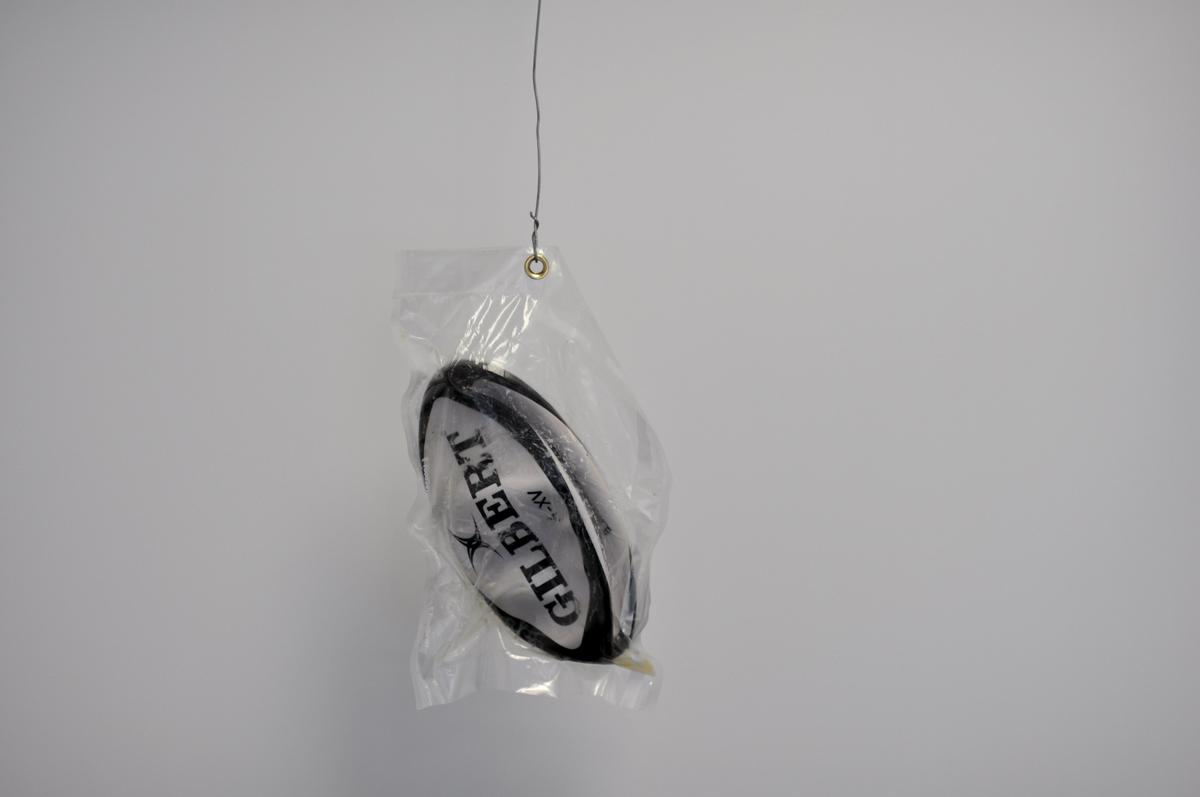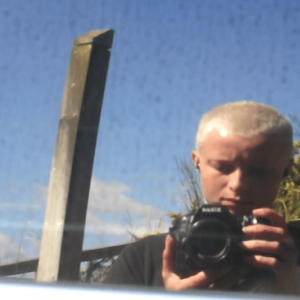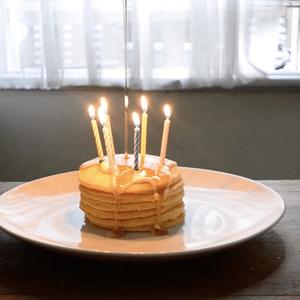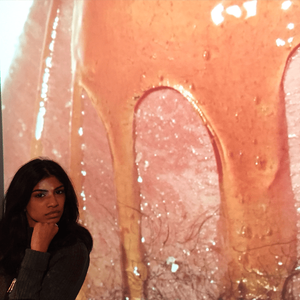Hal Foster provides a useful account of the late ‘80s embrace of the abject as a turn from "the real understood as an effect of representation… to the real seen as an event of trauma."(1) This shift from a preoccupation with the sign as a circulating object of discourse to an emphatic situated practice newly refreshed in a contingent relation to the real finds its perfect foil in the abject, that compulsive encounter with a disquieting form or condition that causes the hermetic self to break apart. Such strategies take up a preoccupation with trauma precisely because they annul the historicised recourse of a universal subject, evacuating that exceptional subject which always obscured white heterosexual male privilege. And yet as Foster also points out, this tactic of "compulsive possession" paradoxically produces an equally overdetermined subject, one that is schizophrenically overstimulated, or conversely completely exhausted, an affectless zombie all to ready to embrace the dejected states of abjections’ alienation of self.(2) Much has been made of such affectless tropes, whether it’s the postcultural effects of blank fiction(3) or the serial attempts to resurrect a form of painting that finds its most recent exposition in what Jacob King calls single origin art.(4) Conversely we have also witnessed a generation of artists who have concerned themselves with an unpacking of the archive, concocting narratives from increasingly obscure or even paranoid sources, developing and fleshing out the dejected or side lined stories that have underpin if not maintained the dominating narrative. Regardless, both forms of practice are intent on excavating the real as an event. In the first instance the real is an event that exhausts us, in the second the real is something we prod into the semblance we want to see.
I rehearse these thematics because they seem like the most reasonable way of reading the recent group show at Wellington’s MEANWHILE Pool Party (30 November– 16 December 2016), where so much of the work is orientated by a confessional subjectivity preoccupied by emotional states that border, if not embrace, the abject as an alienating and yet therapeutic contingency. There is for instance, in the centre of the room no less, an ex-girlfriend’s abandoned scooter, an object now absent from the gallery, having been sold through the cathartic exercise of a trade me auction. Pitched both as a purging of the relation and as a figural homage, this work, Callum Devlin’s I just want this pain to end (2016) seems to treat the relationship itself as an event, one that might be masked with all sorts of hidden agendas, much as Melville’s whale prefigures not just Ahab’s moral destitution but capitalism’s desires and burdens as well. Not that the scooter is a marker of a disposable consumerism, but it is a spectral, haunting ambience, which taking up the centre, evacuates the author’s attachment to it, displacing its narrative of loss and attachment as a circuitous motif, a genre piece so to speak.
.JPG)
Alternatively in another work, Louisa Beatty’s Lino 123 (2016) the squeamishness of the abject is brought to the fore in the replication of the stereotyped floor tiling of a bathroom, now excised as a framed print that mimics geometric abstraction imbuing it with a comedic reduction. This is equally echoed in a second component of the work in which the floor tiling is forensically scrutinised, the grout having been removed and hung from a wall, much as an Eva Hesse sculpture might be. Compounding these art historical references is a third component of the work, in which the bathroom tiling overlays the gallery’s own floor, newly imprinted with a residual boot mark. Here then the abject, that compulsive moment that breaks the hermetic certainty of self-image, is not just a site of trauma, but a trace of an event, one broken apart through a constituent methodology, a mapping of the site as therapeutic exercise. This therapeutic preoccupation is similarly apparent in Andy McCrae’s Number 8 (wired) (2016), a shrink wrapped rugby ball which laconically droops from its wall mount like a deflated phallic monument that runs counter to the generally progressive gender vibe the show surmounts. And yet such reading is entirely reductive, less generous to this presumably emasculating act, in which that ritualistically gendered ball, becomes a misogynistic symbol par excellence, a kind of reckoning that is as cathartic as it is comedic. Something further compounded by the small booklet that accompanies the work which archives the last six months of All Blacks’ press coverage.
.JPG)
Installation view of Lino 123 (2016) Louisa Beatty. Photo by Jo Bragg
If such transformations figure the abject as a narrative source that implicates the reader in a contingent relation to the real, they still nonetheless slip around the circuitous roll call of symbolism. If a rugby ball is a rugby ball is a rugby ball, then what might we make of the soft blobbing sculptural object of George Banach-Salas and Lucy Wardle's video work, Cum at me (2016) which is so caressingly prodded and probed, pulled and plied as an erogenous, expanse. Surely this is not just a symbolic object, but an object of pleasure, even a subject in its own right, perhaps even a confrontationally contingent subject whose erogenous zones differ entirely from that we inherit through the dull-laden narratives of logo-phallocentrism. These divergent subjects which point to a cathartic body, a body seeking release, are similarly evident in the pin-up of Jo Bragg’s Camp 1, in which the Catherine Opie-like sentiment of its counter culture portraiture is fractured by the casualness with which this picture is pierced by its wall hanging nail, not just a pinning of the subject as a museological specimen but also a deliberate marking of the subject as exploited. Likewise the blunt poetics of Dikohana Lekamge’s Untitled (2016), a dual monitor video work in which one monitor shows the protagonist using a stalk of a lavender to gouge the gap between the big toe and the adjoining toe until it the skin is pierced, whilst the other monitor circles around a close up of a lavender bush. Does it help that lavender is a symbol of love, devotion, purity, which given as a gift symbolises opportunity. What might the gap between the toes suggest in a reflexology setting. Do the two correlate. Is it that the pricking of the toe, the slow welp of blood that doesn’t so much trickle as pool, coagulate, becomes a medium of itself. Or is it a contrasting picture, one of self-harm mixed up with another agenda, a lacunae in which meaning is generated, one symbol alienated by another, much as we might be both repulsed and yet convulsively engaged by this symbolic, abject, violence?
.JPG)
Installation view of Cum at me (2016) George Banach-Salas and Lucy Wardle. Photo by Jo Bragg
There is of course, that other way of reading most of this work, which is its relation to the duress and pressures of the socialised sphere of the internet. Obviously such agendas are present in the context of Callum Devlin’s auctioning of the scooter. Similarly George Banach-Salas and Lucy Wardle’s probing of the erogenous body mimes a photoshop vortex of internet-ready palette and fill-in pattern. And yet such patterning works more to bring to mind the hyper-future hybridity of Patricia Piccinini whose body of work spells out a future in which relations across species is entirely fluid and yet still markedly asymmetrical, most being used for the benefit of the few. Indeed if such politics are sleight in Banach-Salas and Wardle’s work, it is still nonetheless present in its embellishment of the probing hand as the manipulating subject, one foregrounded by their privileged anonymity, something further marked by their absence of content in what is an otherwise over-stimulated environment. Here then that affectless zombie of the dissuaded subject emerges as something new, a different stylist perhaps, but there is a distinct libidinous subject to hand that previous encounters with the abject have protected us from. Not that Banach-Salas and Wardle lyricise an encounter with the abject (though it is squeamish) but there is a ribald humour to its probing and plying, less a satisfied subject the more it is an amorous, genderless object of affection, more like some sort of future-oriented relic than it is sexual prosthetic. To be explicit, this a bodily, erogenous massage, that skirts issues of gender, even if the object to hand is so candidly attired in the stereotyped hues of blue and pink!
To return to the idea that one could pace this exhibition in relation to that marketing term of postinternet art. Such contexts make sense of the confessional terms of much of the video work, particularly given their relational contexts, their sexual prosthetics, their cathartic auctions. But there is in this group show a relation to surveillance, notably in the boot mark on Louisa Beatty’s bathroom tiling, but also in Jesse Bowling’s video work Apple of my eye (2016) which is effectively a close up of two sets of eyes. Hung horizontally, so the eyes pair out at as from the side it is not immediately apparent that this is the view of the balaclava, the masked subject, that it is also equally a portrait of the subject under suspicion and the subject that inspects. Similarly we might read Beatty’s floor tiling as a detective fiction, a scene to be inspected, a record of presence, of an intrusion even, rendering it as yet another form of surveillance. Such circuitous narratives are also present in Rebecca Hasselman’s painting Untitled (2016) which is a sort of moulded canvas periodically daubed with an antagonistic mark making, both a kind of vulgar expressionism and yet an arbitrary mark marking that is as casual as it is full of intent. Perhaps we could read such work less as the sort of painting that takes place under the duress of too-much painting than it is a site in and of itself, a process painting as fictional accompaniment. Perhaps, but it is also that aloof subject, a painting in which the deliberate anti-aesthetic of the arbitrary mark has found its home as the aesthetic. Such tactics are similarly apparent in Sonya Lacey’s Rock Salt (2016), a short video work shown on a small hand held camera, whose psychedelic narrative is as fractured as it is full of intent, demonstrating how a nonlinear narrative might operate even under the duress of film’s linear structure, particularly in that it is a film made of one long run on sentence. That it also finishes with a kind of gag humour, turning the tables on what was a kind of ambling, disconcertingly schizophrenic structure shows just how much art practices have adapted from the late ‘80s confrontation with the abject to become something else entirely, more like a mixture of the two concerns, of the symbolic circuitous folds of the sign mixed up with discursive meme culture of a populace fully immersed in simultaneous multiple platforms. Which is to say, much of this work shows us how the real occurs as an event that is situated as much online as it is in real life, not that it is ever that clear where those distinctions might begin and end. Not that it needs to.



